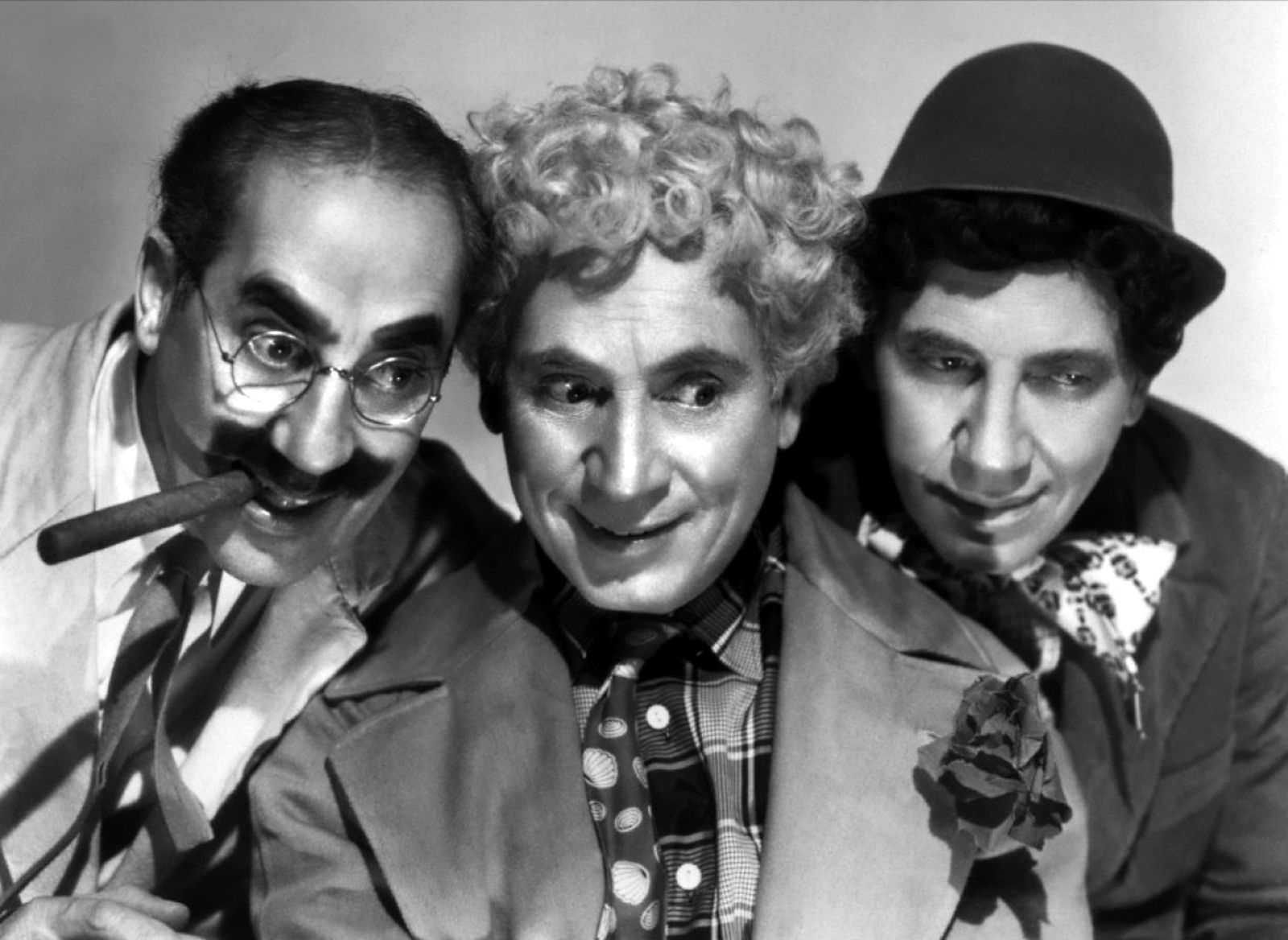


Fortunately, the boys were again able to rely on the experience and wisdom of Uncle Al Shean, who took note of their individual strengths and sussed out material for a new show. Green's Reception, but their obvious comedic talents weren't enough to save the stale schoolboy jokes. Leonard helped develop the follow-up production, a 10-years-down-the-road reprisal of the characters in Mr. Along with providing a means for them to hone their timing and improvisational skills, the show's success pulled in the missing Marx brother, Leonard, who allegedly joined the act by way of a surprise performance with the orchestra one night. The next production, Fun in Hi Skool, marked the brothers' first full-blown foray into comedy, with Julius portraying an overwrought teacher and the others his troublemaking students. Seething at the interruption, Julius began excoriating the audience, only to find them laughing at his insults. No one seemed to notice that he was terrified of singing in front of an audience, and the Four Nightingales enjoyed a solid showing on the road.Īccording to legend, the brothers' singing act began its transformation into a comedy act during a performance in Nacogdoches, Texas, when a local burst in to announce that a mule had gotten loose.

The trio became a quartet when Minnie abruptly pulled Adolph from his job as a silent movie theater pianist and plopped him on stage with the rest. Working with Edwards' co-producer Ned Wayburn, who went on to fame as choreographer of The Ziegfield Follies, she paired Julius with Milton and 16-year-old soprano Mabel O'Donnell to form the Three Nightingales. With Julius enjoying additional success as a member of Gus Edwards' Postal Telegraph Boys, Minnie took the opportunity to rope more of her boys into the business. The brothers sang together as the Four Nightingales


 0 kommentar(er)
0 kommentar(er)
